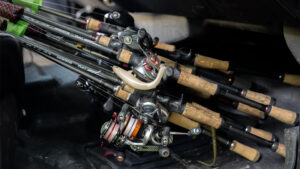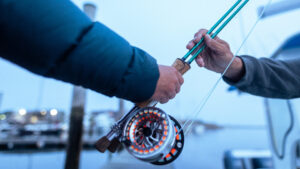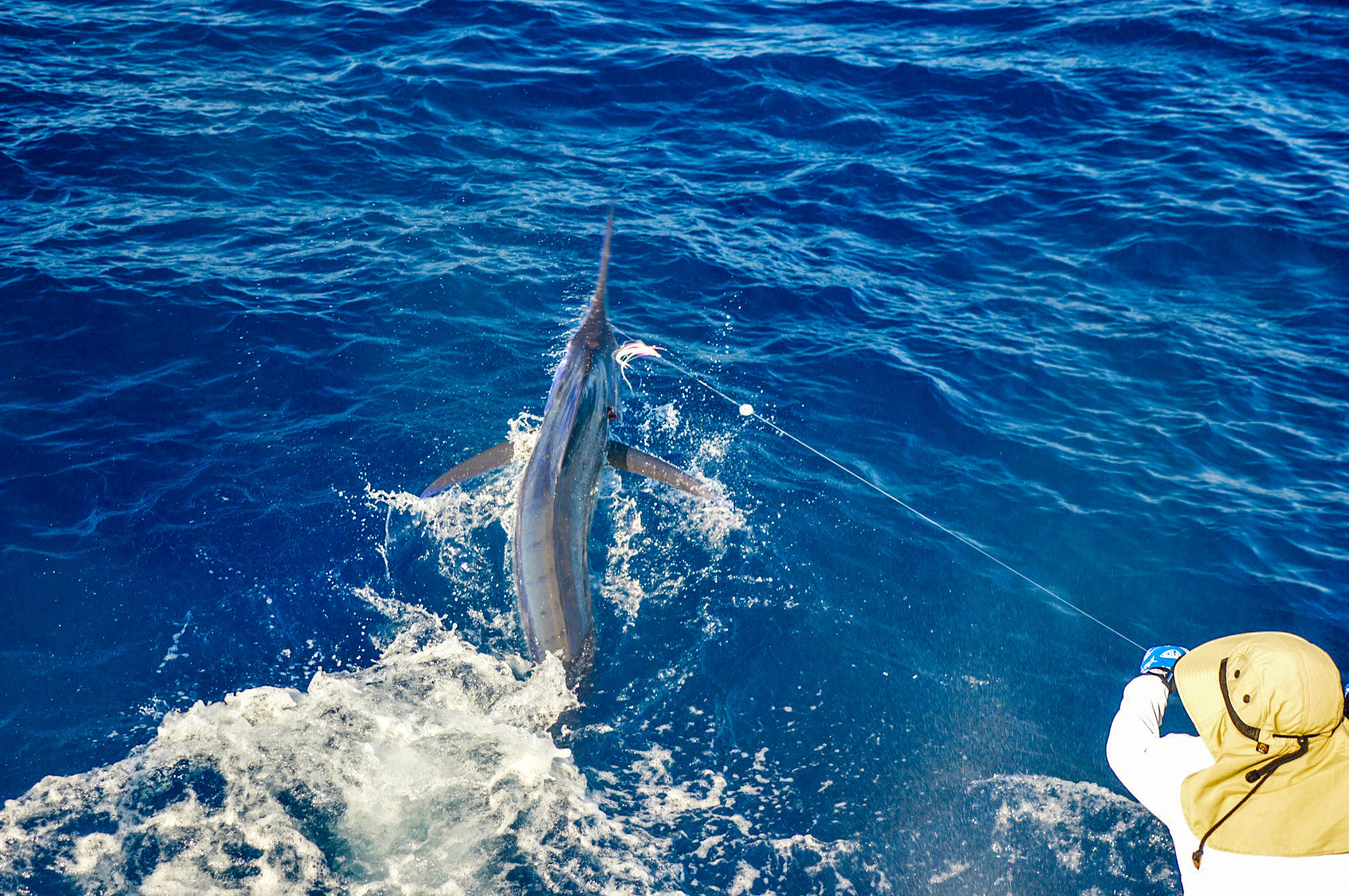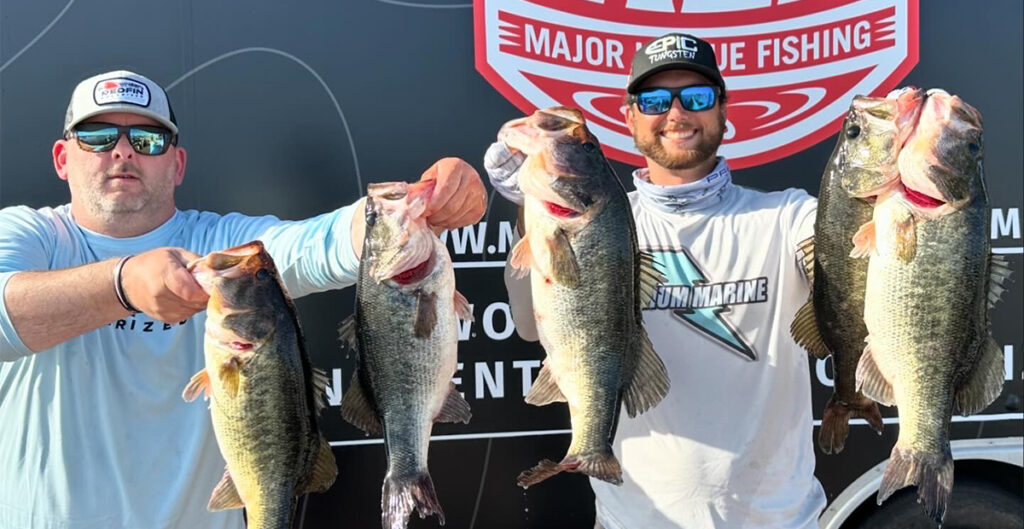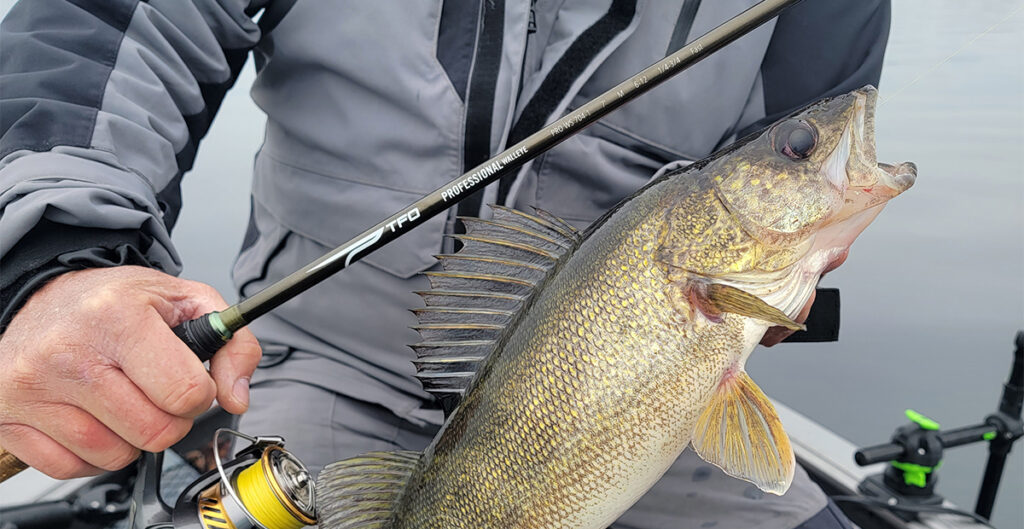Blue Marlin Fly fishing Essay, June 2017
In 1991, I sold my fly shop, The World Class Angler, in the Florida Keys, and retired from my position as CEO of STH reels later that year. I had spent quite a bit of time during the previous 19 years chasing sailfish and marlin on fly, having caught 49 total including Atlantic sailfish, white marlin, Atlantic blue marlin, Pacific sailfish, and a striped marlin, always complying with the IGFA class tippet standard and rules.
I spent six months fly fishing for billfish in Costa Rica during 1991, hooking 213 billfish and catching 12 on fly. I realized this was my passion—what I want to do for the rest of my life. I worked with several fly rod manufacturers in developing better big game fly rods. I worked with Jack Charlton developing better fly reels for big fish, with RIO developing the Leviathan fly lines, and I also developed various rigging techniques. All together these advances would give anglers the confidence that no element of their tackle would ever fail; that is, unless the angler makes a mistake and breaks the IGFA class tippet.

Jake Jordan, Jake Jordan’s Fishing Adventures
My plan was to operate billfish fly fishing schools (I ran my bonefish schools in the Bahamas successfully, for over 30 years). In 1992, I started my Sailfish School business which I operated respectively in Panama, Venezuela, Mexico, Costa Rica, and Australia. Though we had very good success in these locations, in 1993 I moved the Sailfish Schools full time to Guatemala, which I’m convinced, produces the best fly fishing for sailfish in the world. Later I developed the Billfish Schools, (mostly marlin), which operated in the Galapagos Islands; Mag Bay, Mexico; Panama; Dominican Republic; Australia, and finally wound up in Costa Rica. Here I’ve operated my Blue Marlin Fly Fishing School since 2013.
The technique I use for blue marlin— the one I teach my students—is the result of many factors. Along with constant tackle upgrading, it is the result of input from many great captains and mates, from my own success, from watching many thousands of billfish caught on fly, and coaching countless angler/students to success.
First I believe that catching blue marlin on fly is a team sport, responsibilities divided equally between the tackle, the captain, the mates (teaser man), and the angler. No Blue marlin will be caught on fly if one of these elements fail.
I recommend the TFO Blue Water HD fly rod, the Mako #9700-B fly reel filled with 500 to 700 yards of 65-pound-test GSP backing looped to an 80- foot-long, 50-pound- test Suffix Superior running line with 80-pound-test Dacron loops on each end. The forward running line loop interlocks with a loop on the rear of a RIO Leviathan 30-foot fly line. A nine-foot, 60-pound- test mono leader butt section is looped to the front end of the fly line. The butt section has a four-inch loop on the fly end to change the class and bite tippet and marlin tube fly. I use Mason Hard mono in 20-pound-test class, and under 16 inches between knots. The class section is connected using a huffnagel knot to the 11- inch, 100-pound-test mono bite tippet. The fly is a tube fly using a 1/4 inch diameter tube tied with feathers, like the Cam Sigler Big Marlin fly.
A right-handed angler (reverse sides for LH caster), strips out 25 feet of fly line and leader, placing everything ready to cast in the aft port corner of the vessel. The drag is set at exactly one pound or lighter. I place setting marks on my Mako reels at one pound, three pounds, and six pounds of pressure, the large drag knob requiring only a slight movement between settings.
We are usually trolling one teaser for each mate— flat line and rigger line—and one for the captain—bridge teaser. All teasers are pulled on the aft starboard corner of the vessel. As a blue marlin comes up (raised) behind a teaser, the other two teasers are removed from the water as fast as possible while the angler places the fly in the water and braces himself into the aft port corner of the cockpit. All this should take six seconds or less. The teaser being chased by the marlin is wound in as quickly as possible until the fish is 50 feet from the transom on the starboard side, the fly being dragged 25 feet from the port side. At this exact moment, the captain turns to starboard, pulls the vessel out of gear, and yells “CAST.” The angler water loads the fly and makes a 25- foot cast across the wake to the spot where the teaser had been, placing the fly with popper floating on the surface like wounded bait. The angler sometimes needs to pop the fly once to get the marlin’s attention. Usually, the blue marlin will attack by coming out of the water and eating the fly at high speed from the side. These fish are going so fast that if you have more than one pound of drag pressure the 20-pound-test class tippet will break. As the marlin streaks away at high speed the angler points the fly rod at the fish so the rod is not bent at all, watching as the line peels from the spool. By now the captain is backing down as fast as possible while the marlin continues taking line from the reel. Most times as the fish charges away it begins to make a variety of jumps. The angler must keep the rod pointed at the fish and the tip always lower than the boat gunnels.
The secret here is that when that fish runs and jumps with so little pressure from the light drag setting, the 550 grain fly line sinks and is dragged by the fish under its belly while the mono running line stretches like a rubber band. (80 feet of 50- pound-test running line can stretch 20 feet before the 20- pound-class tippet breaks.) The marlin feels the sinking fly line pulling downward. This keeps the fish running and jumping on the surface as it tires. The boat chases the fish; the angler puts the rod tip under water at a 45 degree angle from the aft port corner of the vessel, and winds as fast as possible placing the slack line back on the reel. Each time the marlin takes off again, the angler points the rod at the fish and relaxes until it slows and line can again be gained. Finally, when the angler sees the running line enter the reel, he reaches down and changes the drag setting to exactly three pounds of pressure. Still, the angler must focus to relax and not bend the rod, putting line on the reel as the fish is chased. When the fly line comes into the tip top, the angler adjusts the drag pressure to six pounds of pressure. Though the fish is tired the angler should not be as he has not been pulling hard and burning energy by bending the fly rod. But with the increased drag pressure, extra care is needed. Getting the last 30 feet of line wound in is done in this fashion: The angler applies six pounds or more pressure by rocking back and pulling the fish closer (still trying not to bend the rod), then rocking his body toward the fish, gaining line, then rocking back again. This steady pressure continues until the leader is wound into the tiptop of the rod. Once the technical release is made (leader inside of the rod tip), I like to move the drag up to ten pounds of pressure. Usually this rolls the marlin on its side and we can grab the bill and remove the fly from the fish’s mouth. If the 20-pound tippet breaks the large diameter tube allows the fly to float to the surface, and with no pressure the hook will fall out (or rust out) as the marlin swims away.
Until 2013, we used to catch one blue marlin from every 10 bites, and for many years we would not cast flies to marlin over 200 pounds. Since 2013, at my Cost Rica Blue Marlin Fly Fishing School we have averaged catching better than 40 percent of the blue marlin that eat our flies. As of today, I have caught and released as a fly angler fifty one blue marlin, while my clients/students have caught and released 131 (during the last five years) while attending my “Blue Marlin Fly Fishing Schools”. I do hope that this article helps many new and experienced fly anglers who have the passion, to catch a lot more in the future.
Jake Jordan’s Fishing Adventures
www.jakejordan.com
[email protected]
(305) 872-6060
